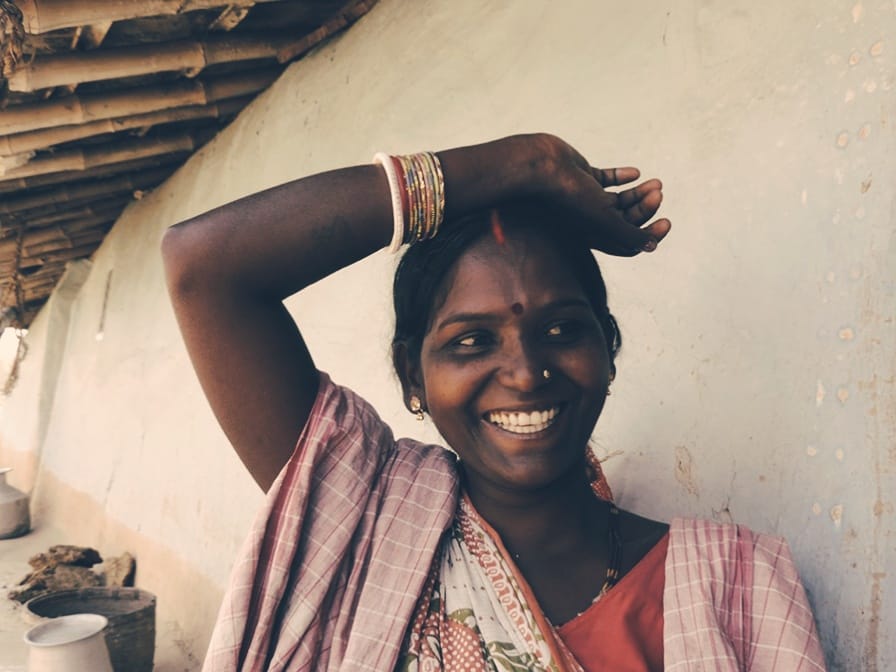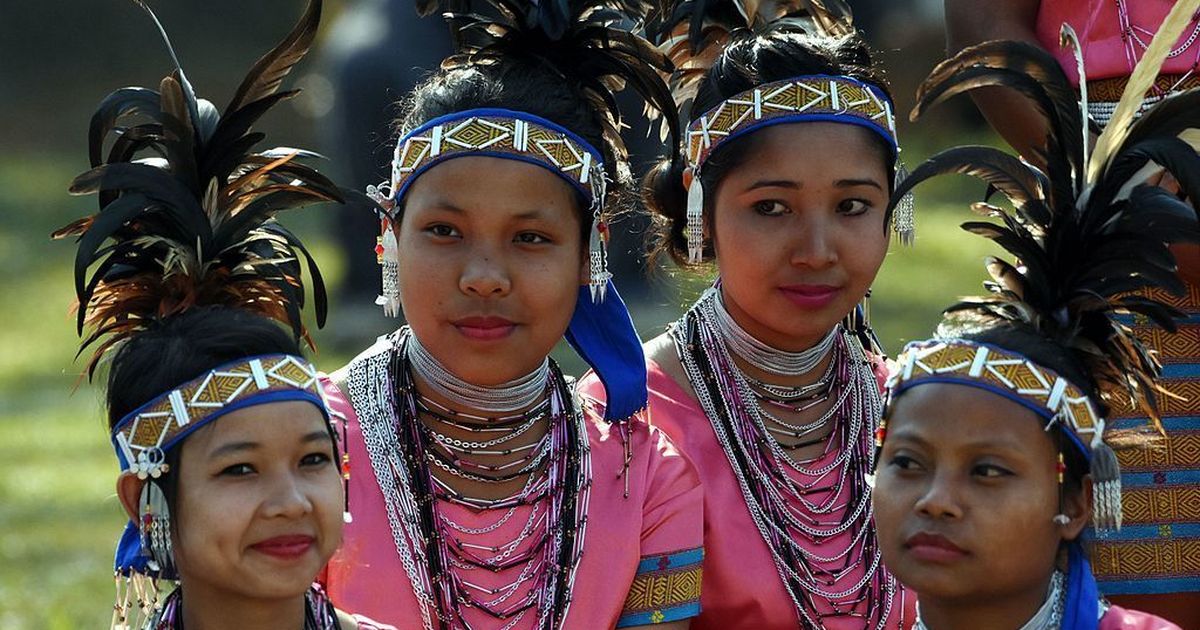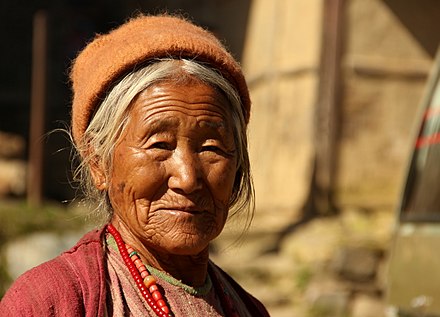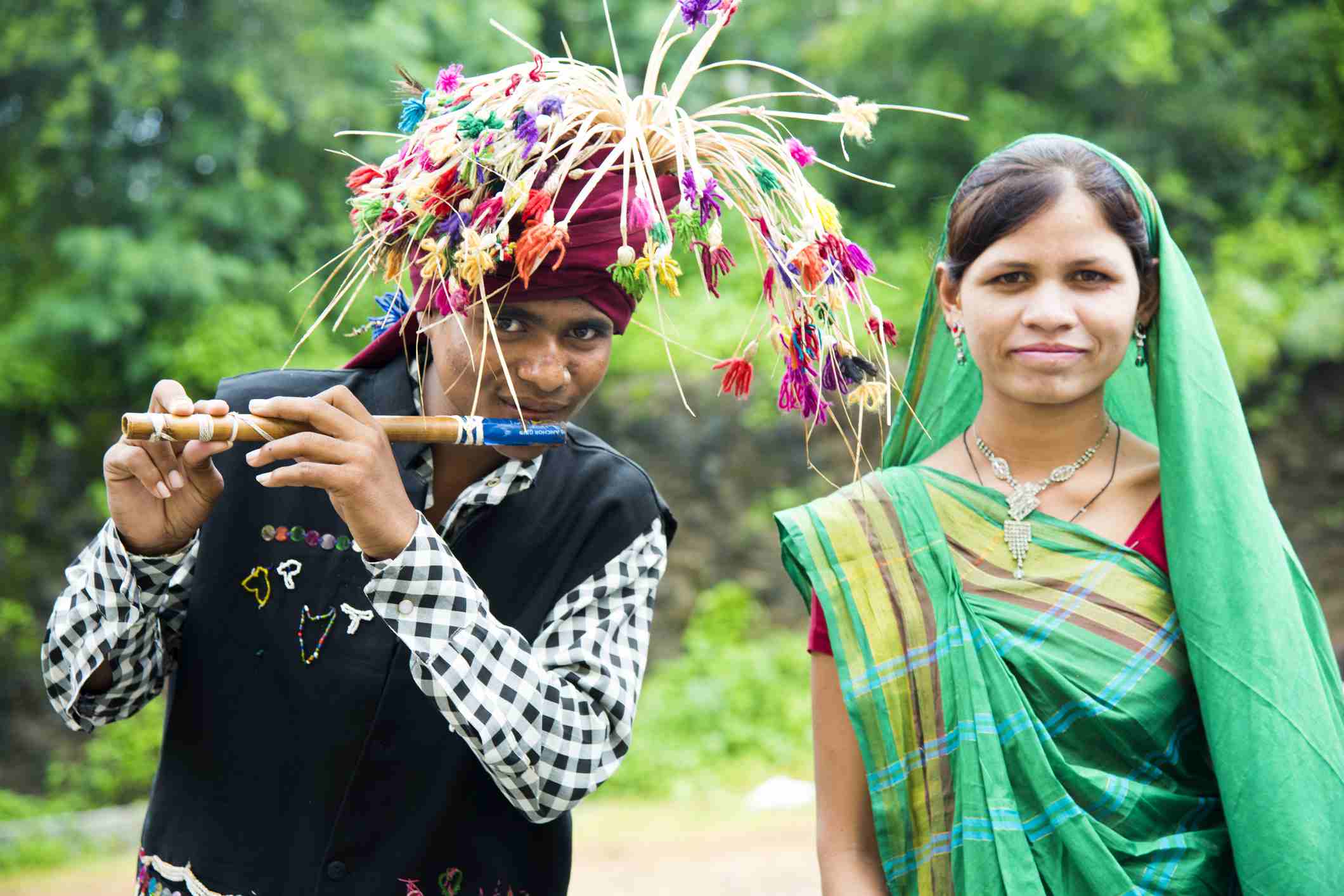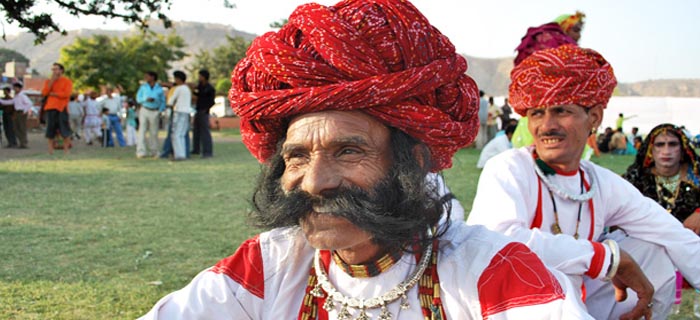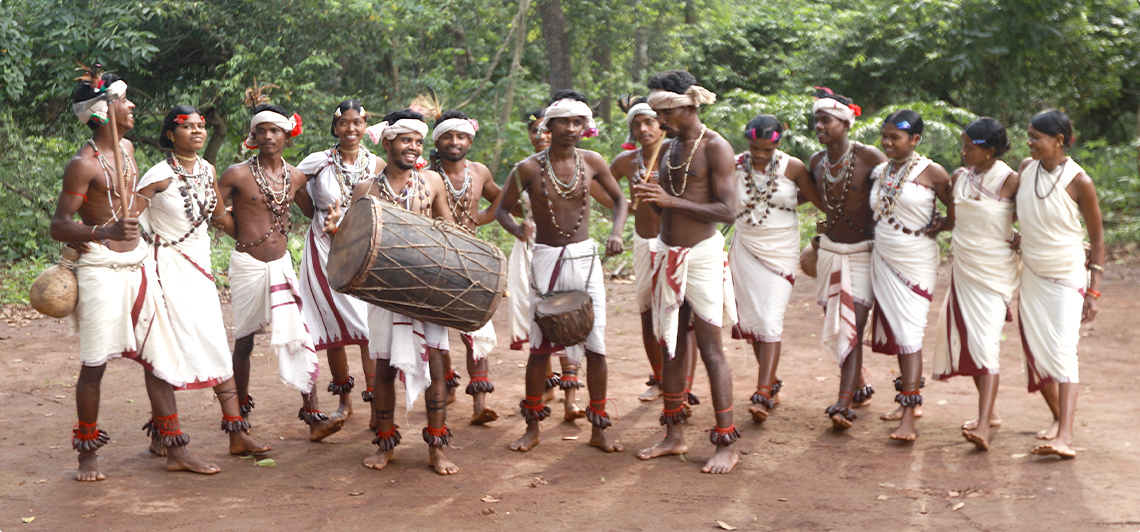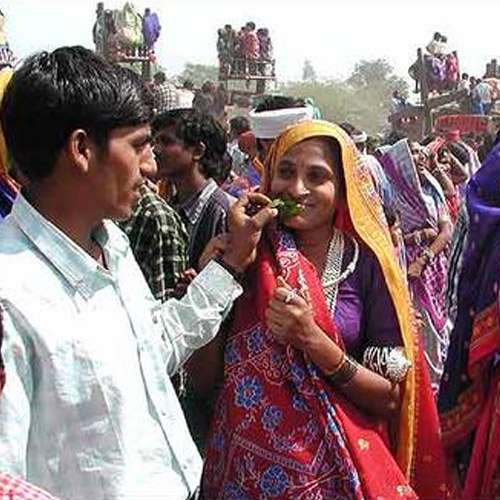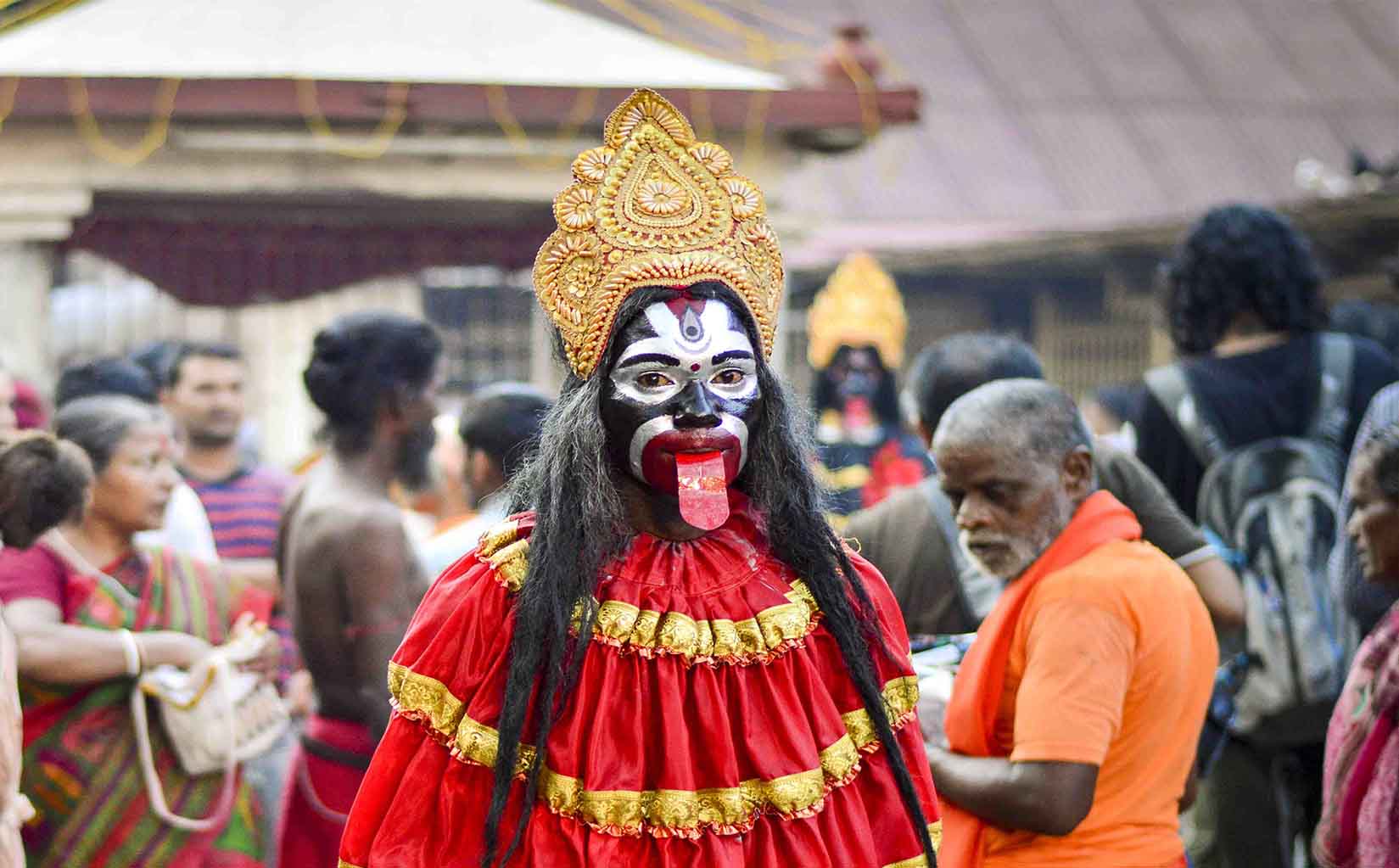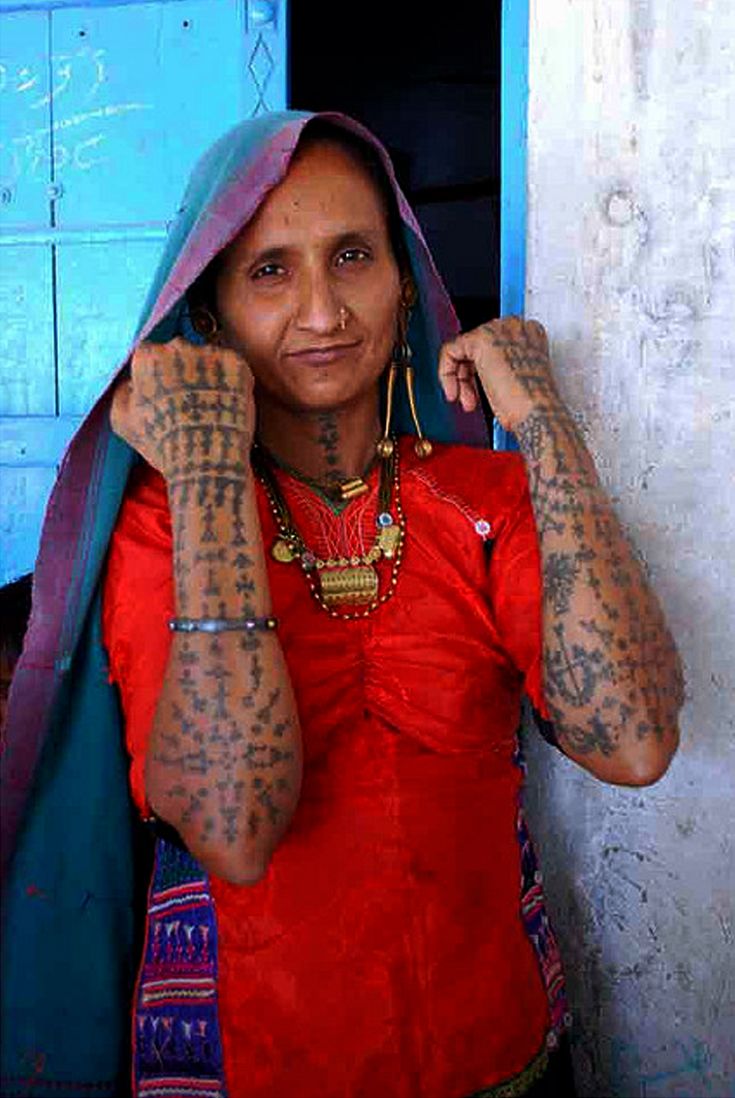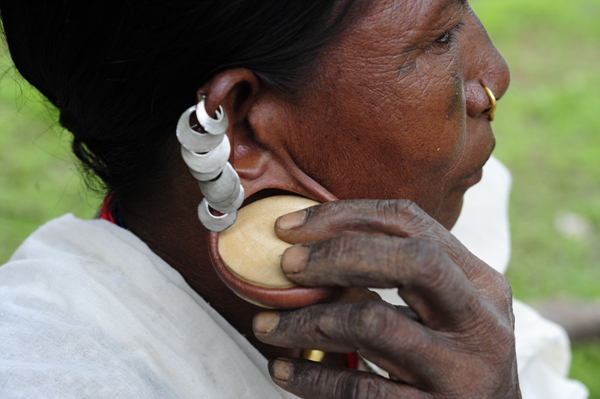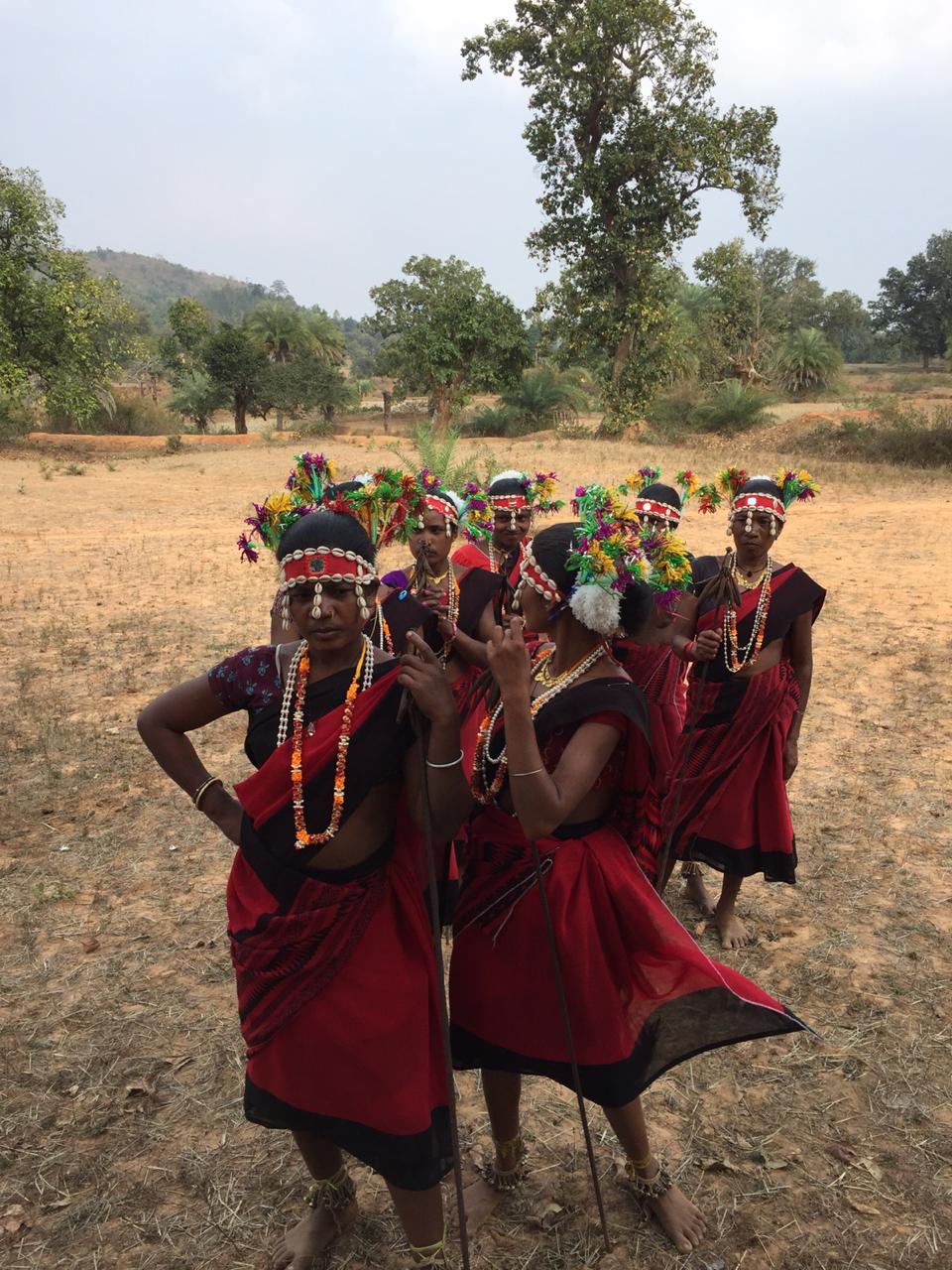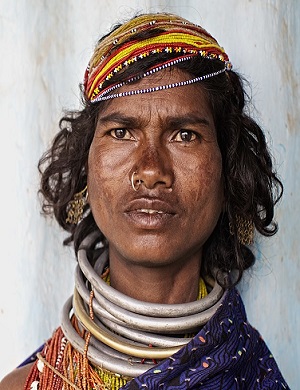Experience from across the world has shown that sustained denial of indigenous peoples rights leads to conflict and instability, which impacts severely on national development. India is no different. Concrete and sincere measures, as well as new approaches, are needed in order to uphold the social, cultural, economic and political integrity of India’s Scheduled Tribes and to prevent their further alientation from the society and state. Such action would also go a long way in terms of ensuring equitable and sustainable development for the nation as a whole, in the long run.
According to lmperial Gazetteers of lndia, “a tribe is collection of families bearing a common name, speaking a common dialect, occupying or professing to occupy a common territory and is not usually endogamous, though originality it might have been so“.
Similarly, the Oxford Dictionary defines, “a tribe is a group of people in a primitive or barbarous state of development acknowledging the authority of a chief and usually regarding them as having a common ancestor”.
Prof. D. N. Majumdar, a noted anthropologist defines tribe as “a tribe is a social group with territorial affiliation, endogamous, with no specialization of functions, ruled by tribal affairs, hereditary or otherwise, united in language or dialect, recognizing social distance with other tribes or castes, without any social obloquy attaching to them, as it does in the caste structure, following tribal traditions, beliefs and customs, illiberal of naturalization of ideas from alien sources, above all conscious of homogeneity of ethnic and territorial integration.”

